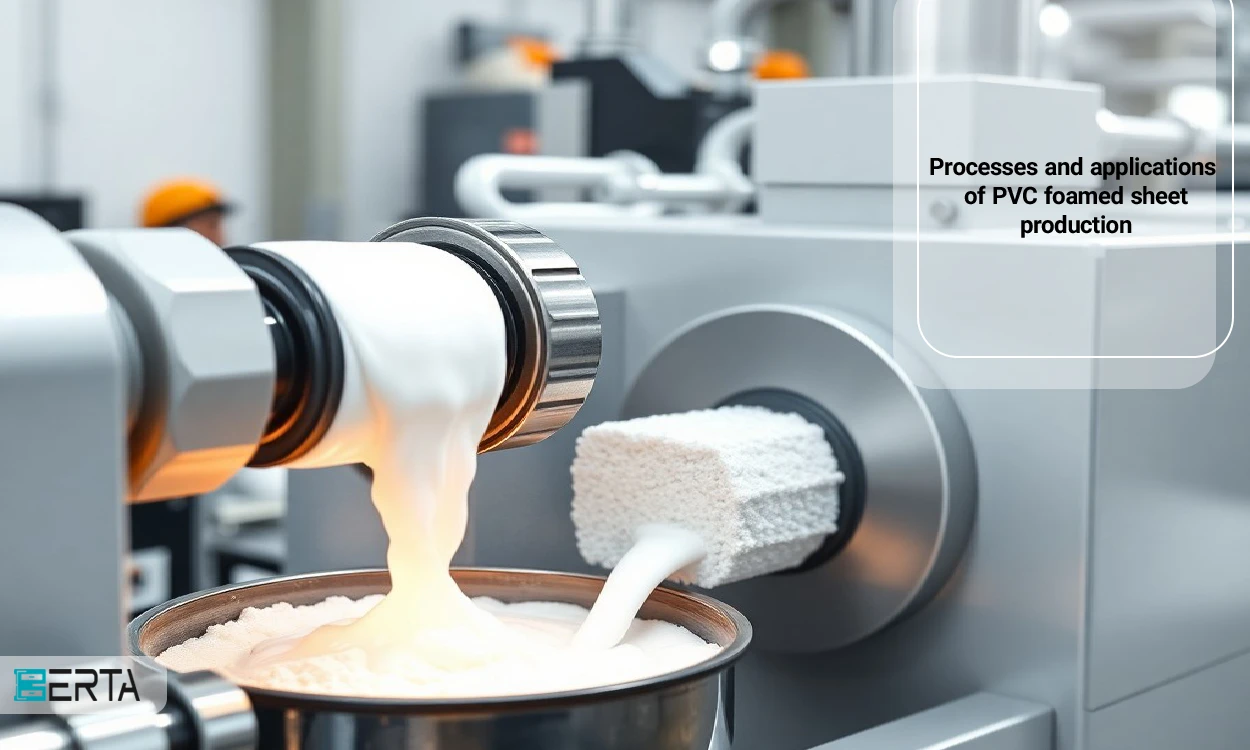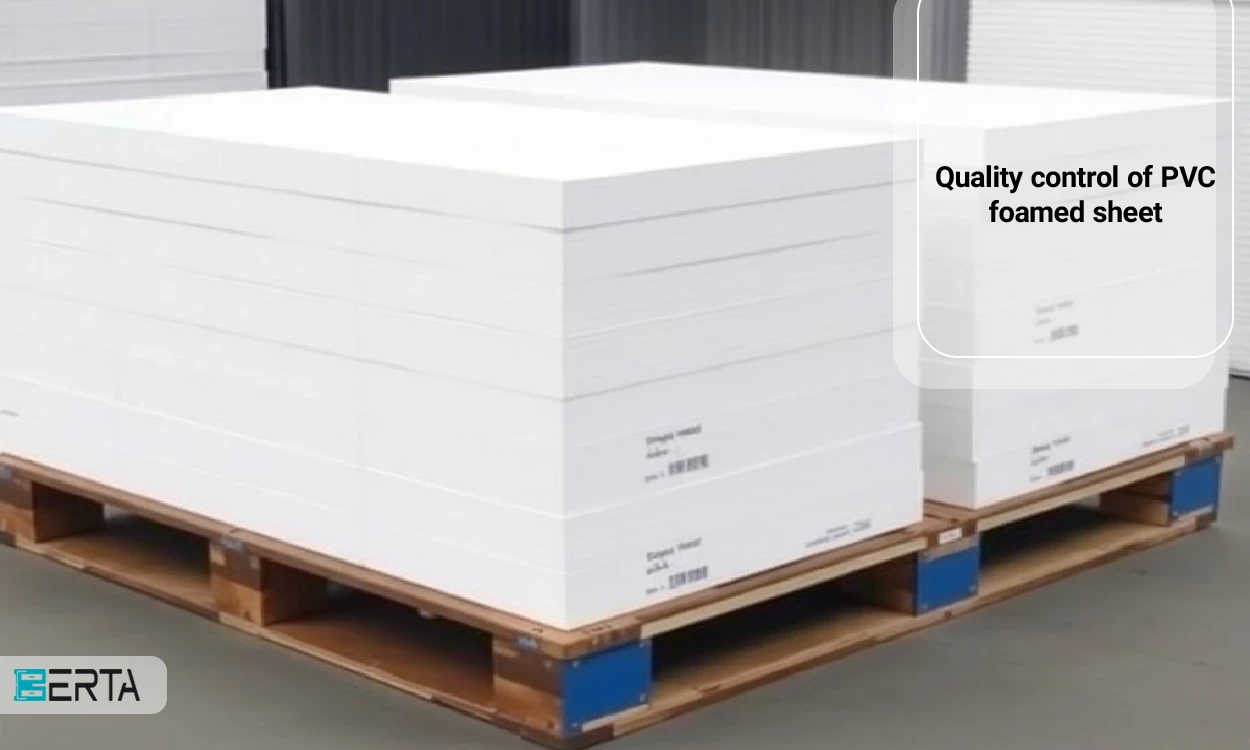In today's world, personal health has become one of the most important priorities in everyday life. Considering the prevalence of diseases and the importance of maintaining health, it seems necessary to use personal hygiene aids. One of the common challenges in this field is using towels that may have been used by several people. This issue can lead to the transmission of germs and bacteria and harm people's health. But how to solve this problem? With the arrival of hand dryers in the market, there is no need to use shared towels. These devices allow drying hands safely and efficiently by providing a quick and hygienic solution. By using a hand dryer, you can dry your hands safely and in the most hygienic way possible and prevent the transmission of contamination. In this article, we will examine the types of hand dryers and the important points in buying them. Join us to make the best choice to improve your health.
History of hand dryers
Hand dryers are tools designed to dry hands after washing. These devices have undergone many changes and improvements over time, and their history goes back decades.
First-hand dryers were introduced in the early 20th century. In 1921, an American engineer named "James W. Clegg" invented the first electric hand dryer. This device was designed as a small box that sent hot air to the hands using a fan and heat. This invention quickly caught on and was used as a hygienic solution for drying hands in public places such as restaurants and hospitals. Over time, new technologies were added to hand dryers. In the 1950s, hand dryers were used more in public places and new models with improved design and greater efficiency were introduced. These models usually used stronger motors and increased hand drying speed.
In the 1980s, as technology advanced, contactless hand dryers were introduced. These devices were activated using motion sensors as soon as hands approached. These types of hand dryers have become more hygienic and popular due to reduced contact with surfaces. In recent years, due to environmental and health concerns, manufacturers have sought to design hand dryers with less energy consumption and better hygiene capabilities. Some new models use UV technologies to disinfect hands while drying.
Types of hand dryers
Hand dryers are divided into two main categories, electric hand dryers and non-electric hand dryers. Each of these categories has its characteristics and advantages, which we will discuss below.
Electric hand dryer
Electric hand dryers use electric motors to generate a stream of hot air. These devices are automatically activated by pressing a button or motion sensors.
Features:
- Fast operation: one of the most important features of an electric hand dryer is the high speed of hand drying. These devices usually have powerful motors that direct the air to the hands at high speed.
- Adjustable heat: Many electric models have an option to adjust the temperature. This feature can help dry hands faster and provide a better user experience.
- Modern design: Electric hand dryers are usually produced with beautiful and modern designs that can add to the decoration of public places and make the space more attractive.
- Saving money: Using an electric hand dryer can reduce the costs of buying and maintaining paper towels. Considering that these devices are used for a long time, their operating costs will be more affordable over time.
- Better hygiene: Due to the lack of direct contact with surfaces, these devices are more hygienic and reduce the risk of transferring germs and bacteria. This feature is especially important in public places.
- Eco-Friendly: By reducing the use of paper towels, these devices help reduce paper waste and can be a more sustainable option for the environment.
Non-electric hand dryer
Non-electric hand dryers usually include paper or cloth towels that are used to dry hands. These types of hand dryers do not require electricity and are easy to use.
Features:
- Simple operation: Non-electric hand dryers work simply by using paper or cloth towels. Users can easily dry their hands with these towels.
- Portable: These types of hand dryers are easy to carry and install and do not require electrical infrastructure. This feature makes them suitable for places where access to electricity is limited.
- Low initial cost: Non-electric hand dryers usually require less initial investment. This feature can make them an economical option for small spaces.
- Compatibility with the environment: if recyclable paper towels are used, these types of dryers can have less environmental impact and help preserve the environment.
- Not dependent on electricity: these devices can be used in places where access to electricity is limited and can be a suitable option for such places.
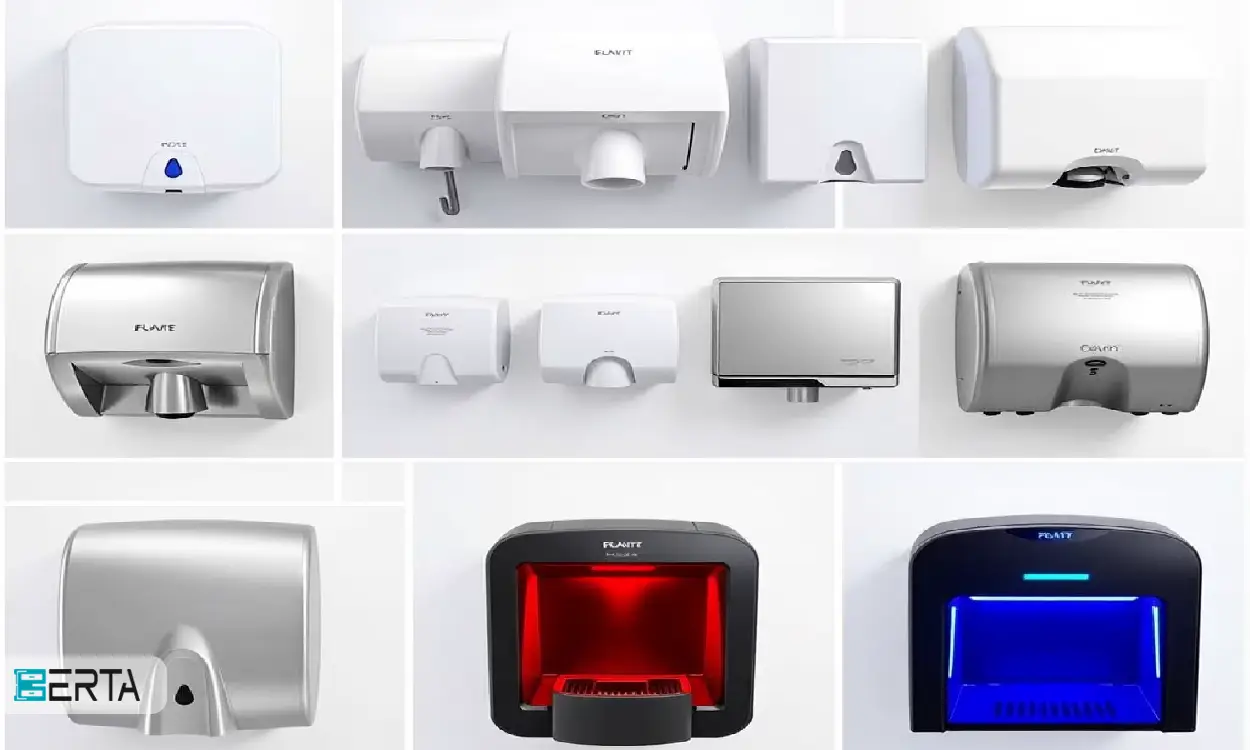
Hand dryer working methods
Hand dryers are designed using different technologies to dry hands effectively and quickly. In this section, we discuss two main methods of working with hand dryers: methods of heating the air and methods of using new technologies.
Air heating methods
Electric hand dryers usually use air heating methods to dry hands. This method is divided into two main categories:
1- Hot air flow: In this method, the device sends hot air to the hands using a strong fan. Hot air quickly evaporates the moisture of the skin and thus the hands become dry. These types of hand dryers usually have an option to adjust the temperature so that users can choose the right temperature.
2- Thermal technology: Some hand dryers use thermal technology in which heating elements are used. These elements produce hot air and direct it to the hands. This method can be more effective and provide more comfort for users, especially in places where the temperature is low.
Methods of using new technologies (such as UV)
With the advancement of technology, hand dryers are also equipped with new facilities and features that help improve their hygiene and efficiency. One of these technologies is the use of ultraviolet (UV) rays.
1- UV technology: Some hand dryers use UV rays to disinfect hands during drying. This radiation can destroy bacteria and germs, thus helping to improve health. These types of hand dryers usually have sensors that activate the device and turn on the UV rays as soon as the hands approach.
2- Motion sensors: Many new hand dryers have motion sensors that automatically activate the device. This feature helps to reduce the direct contact of users with the device, thus reducing the risk of germ transmission. These sensors are usually available in electric and UV models and easily enable the user to dry their hands without touching the device.
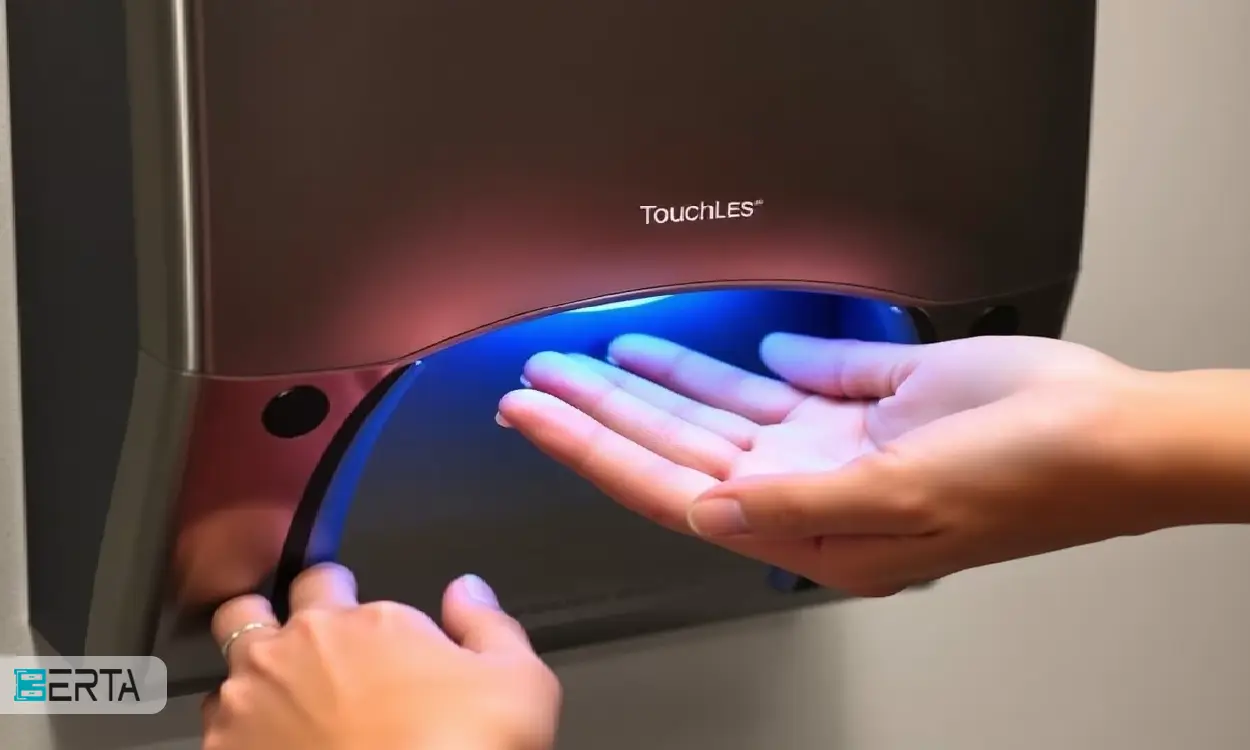
Comparing hand dryers with paper towels
Hand dryers and paper towels are both tools used to dry hands after washing, but each has its characteristics and benefits. In this section, we compare these two tools in terms of cost and environmental effects.
Initial costs
1- Hand dryer: the initial cost of buying an electric hand dryer is usually more than buying a pack of paper towels. For example, the price of a hand dryer can be between 500,000 and 2,000,000 Tomans or more depending on the brand and its features.
2- Paper towels: the cost of buying paper towels is much lower. Usually, a pack of paper towels can be purchased for 50 to 200 thousand tomans.
Operating costs
1- Hand dryer: After purchase, the operating costs of hand dryers include electricity consumption. This cost usually reduces the cost of buying paper towels over time, especially in places where hand dryers are used a lot. For example, if a hand dryer is used 1,000 times a day, its electricity costs can be much lower than buying paper towels for the same number of uses.
2- Paper napkins: However, the cost of buying paper napkins is constantly increasing, because new napkins must be purchased for each use. This can lead to high costs over time.
Environmental effects
hand dryer
1- Reducing waste: Using a hand dryer helps to reduce paper waste. Because these devices can be used for a long time, it reduces the need to continuously buy paper towels, and as a result, less waste is produced.
2- Energy consumption: on the other hand, hand dryers need electrical energy. This issue can lead to an increase in energy consumption and thus a negative impact on the environment. However, many new models are optimized for lower energy consumption.
paper napkin
1- Waste production: Using paper towels leads to the production of paper waste. Each time a towel is used, a new towel must be purchased, which contributes to increasing paper waste.
2- Impact on natural resources: The production of paper towels requires trees and natural resources. This process can lead to the destruction of forests and the reduction of natural resources. Also, the process of producing and transporting paper towels contributes to the emission of greenhouse gases.
Important points in choosing a hand dryer
Choosing the right-hand dryer can have a great impact on hygiene, comfort, and cost savings. In this section, we discuss three important points in choosing a hand dryer: capacity, speed, and energy consumption.
Capacity
The capacity of the hand dryer means the number of users and the amount of use at a certain time. Choosing a hand dryer with the right capacity can help improve the user experience and reduce waiting time.
- High-traffic places: If the hand dryer is installed in high-traffic places such as restaurants, hospitals, or shopping centers, it is better to use high-capacity models. These models usually have more powerful motors that can provide hot air continuously without reducing efficiency.
- Low traffic places: In places where the number of users is less, models with lower capacity can be used. These types of hand dryers usually have a lower price and are suitable for smaller spaces.
speed
Hand drying speed is one of the key factors in choosing a hand dryer. This feature can contribute to the convenience and satisfaction of users.
- Fast models: Hand dryers that have powerful motors and advanced technologies can usually dry hands in less than 10 seconds. These types of models are especially important in high-traffic locations, as they can reduce wait times and provide a better user experience.
- Conventional models: Some hand dryers may take longer to dry, which can cause dissatisfaction among users. Therefore, it is very important to choose a model that has a suitable drying speed.
Energy consumption
Energy consumption is one of the important aspects in choosing a hand dryer, especially in today's era when attention to environmental issues and cost savings are very important.
- Optimized models: Many new hand dryers are designed to use less energy. These models usually have features such as motion sensors that are activated only when needed and thus reduce energy consumption.
- Operating costs: It is also important to consider operating costs over time. By choosing a hand dryer with low energy consumption, you can reduce the cost of electricity and help save money.
conclusion
Choosing the right-hand dryer can have a great impact on hygiene, comfort, and cost savings. By considering features such as capacity, speed, and energy consumption, users can choose the hand dryer that provides the best performance for their specific needs. Also, comparing hand dryers with paper towels shows that the use of these devices can help reduce paper waste and save money. Finally, by making the right choice, you can provide a better user experience for yourself and others and contribute to the health of society.




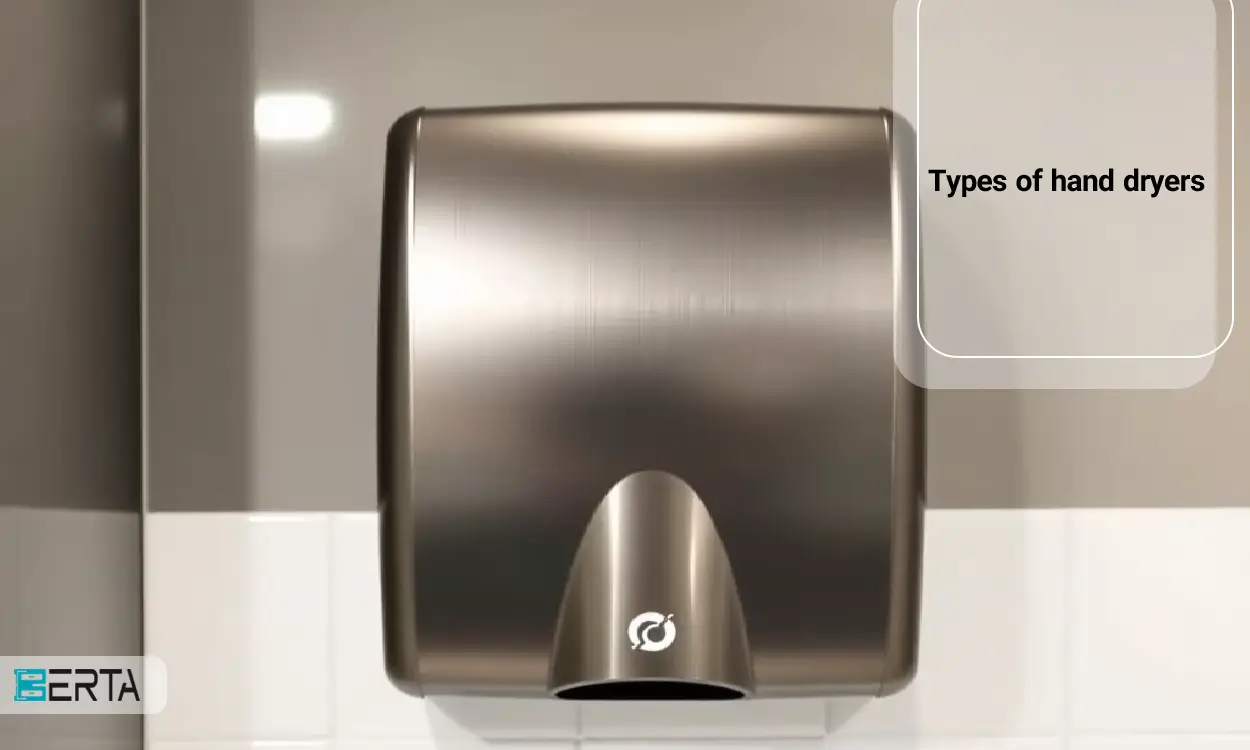
17938.jpg)
 Whatsapp
Whatsapp  Telegram
Telegram 




